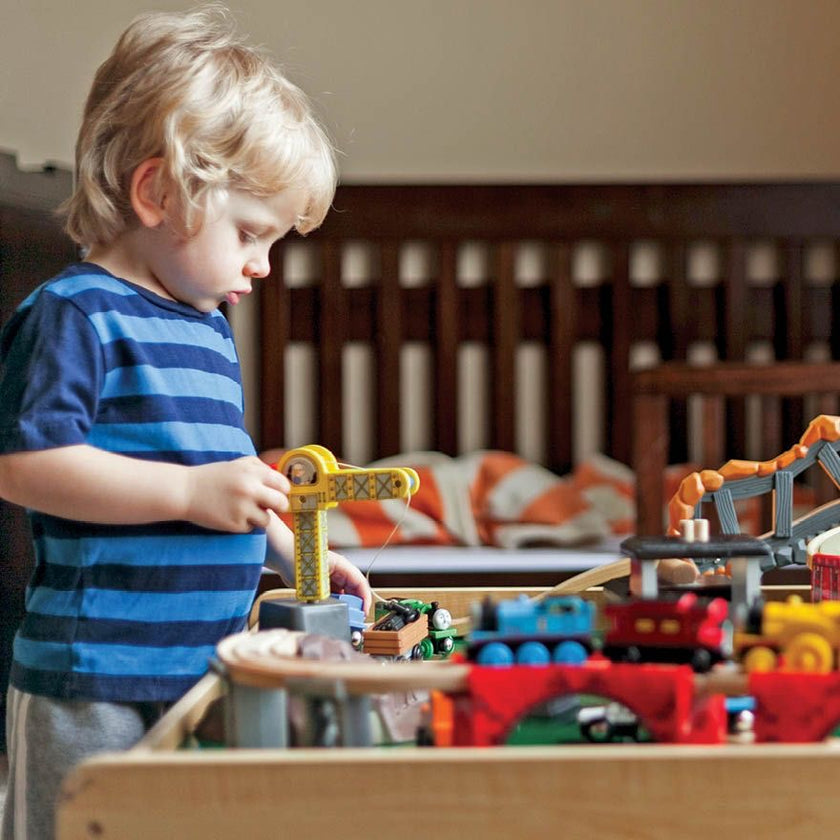As a caregiver, you know how important it is for children to develop their own sense of independence and creativity. One of the best ways to nurture these qualities is through independent play. Independent play not only gives you some much-needed downtime but also helps children build confidence, problem-solving skills, and imagination. Here are some tips to encourage independent play in children.

1. Create a Safe and Inviting Space
Creating a safe and inviting play area is the first step towards encouraging independent play. Make sure the space is child-friendly, free of hazards, and stocked with age-appropriate toys. Soft mats, cushions, and low shelves can make the area more accessible and comfortable. The more inviting the space, the more likely your child will want to spend time there.
2. Offer a Variety of Toys and Materials
Variety is key when it comes to keeping children engaged. Offer a mix of toys and materials that encourage different types of play. Blocks, puzzles, art supplies, and dress-up clothes can all spark creativity and imagination. Rotating toys every few weeks can also keep things fresh and exciting.
3. Establish a Routine
Children thrive on routine. Setting aside specific times for independent play each day can help them know what to expect and look forward to. Whether it's after breakfast or before dinner, a consistent schedule can make independent play a natural part of their day.
4. Start Small
If your child is not used to playing alone, start with short periods of independent play and gradually increase the time. You might begin with just 10-15 minutes and slowly work up to longer sessions. Praise their efforts and celebrate small milestones to build their confidence.
5. Encourage Imaginative Play
Imaginative play is a wonderful way for children to explore their creativity and problem-solving skills. Encourage your child to use their imagination by providing open-ended toys like building blocks, dolls, and dress-up costumes. Storytelling and role-playing games can also be great ways to spark imaginative play.
6. Provide Positive Reinforcement
Positive reinforcement can go a long way in encouraging independent play. Praise your child when they engage in independent play and acknowledge their efforts. Let them know that you are proud of their ability to play on their own.
7. Limit Screen Time
While screens can be a useful tool, it's important to limit screen time to encourage more active, hands-on play. Encourage your child to engage in activities that require physical movement and creativity. This can help them develop a love for independent play.
8. Be Available but Not Intrusive
It's important to strike a balance between being available and giving your child space. Let them know that you are nearby if they need you, but try not to hover. Allowing them to solve problems and entertain themselves can build their confidence and independence.
9. Model Independent Activities
Children often learn by watching adults. Model independent activities by engaging in your own hobbies or tasks while your child plays. Whether it's reading a book, gardening, or doing a puzzle, showing your child that you also value independent time can encourage them to do the same.
10. Encourage Outdoor Play
Outdoor play offers endless opportunities for independent exploration. Encourage your child to play outside, whether it's in the backyard, at a park, or on a nature trail. Outdoor environments can stimulate their senses and provide new challenges and adventures.
Conclusion
Encouraging independent play is an important part of helping children develop their creativity, confidence, and problem-solving skills. By creating a safe and inviting space, offering a variety of toys, establishing a routine, and providing positive reinforcement, you can help your child learn to enjoy and thrive in their own company. Remember, the goal is to make independent play a fun and natural part of their daily routine. With a little patience and encouragement, your child will soon discover the joys of playing on their own.



 DimpleBee.
DimpleBee.